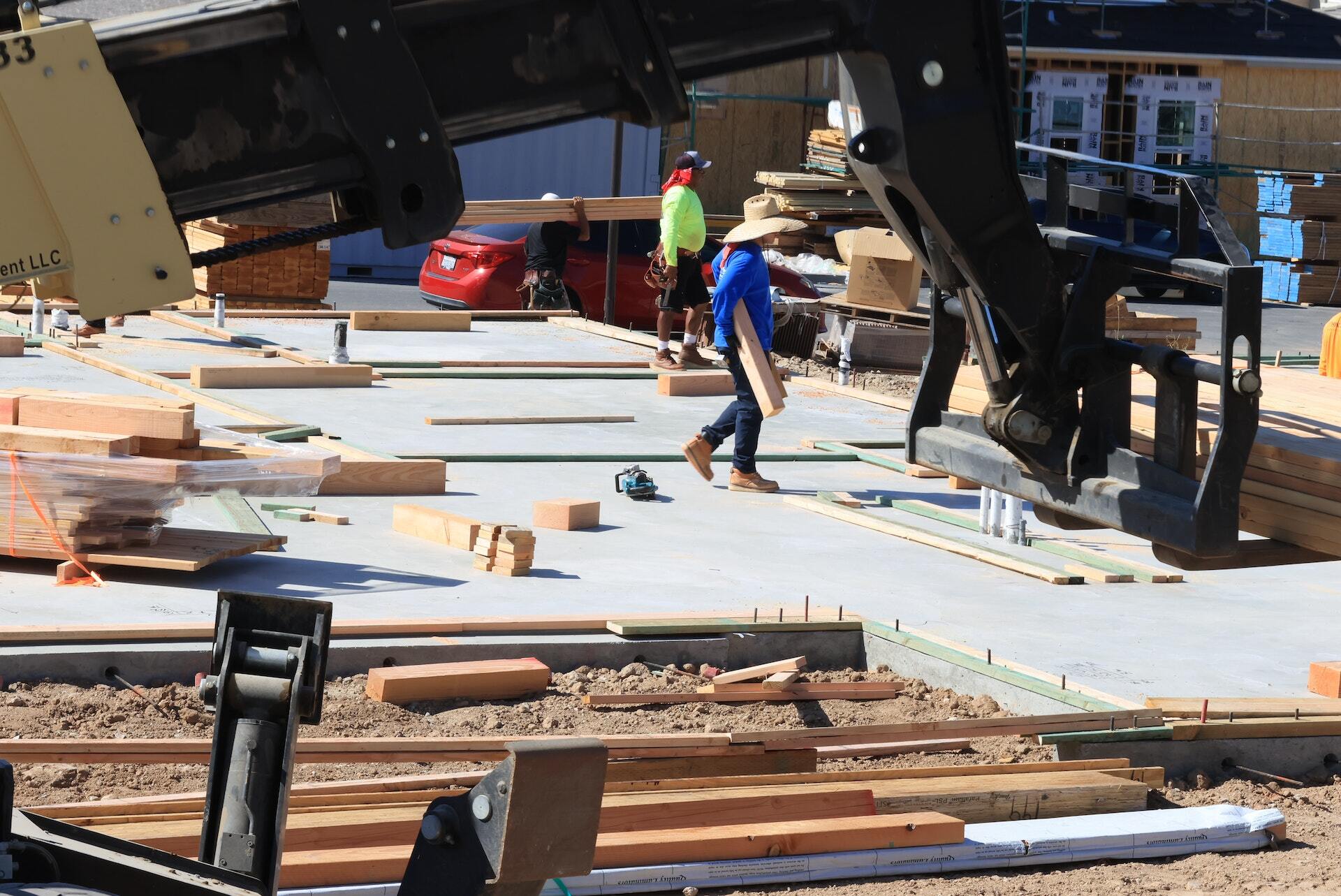Table of Contents
The construction industry is at a pivotal moment in history. With environmental concerns growing and a need for sustainable practices becoming increasingly evident, the choice of building materials and design strategies has never been more critical. In this comprehensive blog, we will explore the world of sustainable building materials and design, delving deep into their importance, benefits, and examples of innovative practices.
Introduction
The term “sustainability” has become a buzzword in recent years, and for good reason. Our planet’s resources are finite, and the construction industry is a significant contributor to resource consumption and environmental impact. Sustainable building materials and designs aim to reduce this impact and create buildings that are environmentally friendly, energy-efficient, and long-lasting.
The Importance of Sustainable Building Materials and Design
Reduced Environmental Impact
Traditional construction materials, such as concrete and steel, are resource-intensive and contribute to carbon emissions. Sustainable materials reduce resource depletion and lower the carbon footprint of construction projects.
Energy Efficiency
Sustainable designs incorporate energy-efficient features that reduce energy consumption during the building’s operation, leading to long-term cost savings and reduced environmental impact.
Improved Indoor Air Quality
Sustainable materials often emit fewer volatile organic compounds (VOCs) and other harmful chemicals, creating healthier indoor environments for occupants.
Longevity and Durability
Sustainable materials tend to be more durable, leading to reduced maintenance and replacement costs over the building’s lifespan.
Sustainable Building Materials
Wood
One of the oldest and most sustainable building materials, wood continues to be a popular choice for its renewability. Sustainable forestry practices ensure a constant supply of wood, while engineered wood products like glulam and CLT offer strength and versatility.
Bamboo
Bamboo is another renewable resource with remarkable strength. It’s fast-growing, making it an ideal choice for flooring, furniture, and even structural elements in some designs.
Recycled Materials
Recycling materials like glass, metal, and plastic can significantly reduce waste. Recycled content can be used in various building products, from countertops to insulation.
Low-Energy Concrete
Traditional concrete production is energy-intensive and produces substantial CO2 emissions. Low-energy concrete uses alternative materials like fly ash and slag, reducing its environmental impact.
Sustainable Design Strategies
Passive Solar Design
This approach maximizes natural sunlight and heat gain in the winter while minimizing it in the summer. Proper orientation, window placement, and thermal mass can significantly reduce heating and cooling costs.
Green Roofs
Green roofs are covered with vegetation, providing insulation and absorbing rainwater. They improve energy efficiency, reduce urban heat island effects, and enhance aesthetics.
Solar Panels
Photovoltaic solar panels generate electricity from sunlight, reducing a building’s reliance on fossil fuels and lowering energy bills.
Rainwater Harvesting
Collecting rainwater for non-potable uses like irrigation and toilet flushing reduces the demand on municipal water supplies.
Examples of Sustainable Building
One Angel Square, Manchester, UK
This BREEAM Outstanding-rated building features a double-skin façade for insulation, intelligent lighting that adjusts to natural light levels, and a combined heat and power (CHP) plant that generates electricity and recovers waste heat.
The Edge, Amsterdam, Netherlands
Known as the “smartest building in the world,” The Edge utilizes a vast array of solar panels, LED lighting controlled by smartphone apps, and a unique system that allocates workspace based on employees’ schedules.
Brock Environmental Center, Virginia Beach, USA
This living building is designed to generate more energy than it consumes and treats its wastewater. It features rainwater harvesting, wind turbines, and solar panels.
Challenges and Future Trends
Despite the evident benefits of sustainable building materials and design, challenges persist. Cost considerations, lack of awareness, and resistance to change can hinder adoption. However, as regulations become more stringent and public awareness grows, sustainability will likely become the norm rather than the exception in construction.
Future trends in sustainable building may include:
- Circular Economy: A shift towards a circular economy model, where materials are reused and recycled, reducing waste and resource depletion.
- Advanced Materials: Development of innovative, sustainable materials like aerogels for insulation, self-healing concrete, and biodegradable building components.
- Smart Building Technologies: Integration of IoT devices and sensors to optimize energy use, comfort, and maintenance.
Conclusion
Sustainable building materials and design are essential for the future of our planet. They reduce environmental impact, enhance energy efficiency, and create healthier living and working spaces. As awareness grows and technologies advance, sustainable construction practices will become increasingly accessible and affordable.
In the construction industry, the shift towards sustainability is not just a trend; it’s a necessity. Buildings designed and constructed today will shape our world for decades to come, and by choosing sustainable materials and practices, we can build a better, greener future for all.



